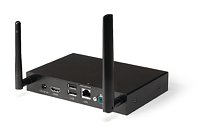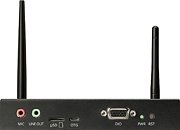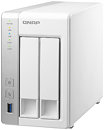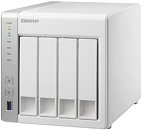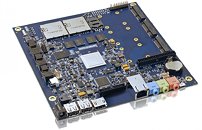
VIA Announces VIA ARTiGO A630 Enterprise IoT Gateway System
VIA Technologies, Inc., today announced the launch of the VIA ARTiGO A630, an ultra-slim fanless gateway system with flexible customization options for a broad spectrum of commercial M2M and IoT applications. Featuring a high-performance 1.0GHz VIA Cortex-A9 dual-core SoC, multiple network connectivity options, and a rich combination of I/O, the VIA ARTiGO A630 adds a cost-effective solution to the growing range of VIA Enterprise IoT gateway devices designed to manage the connection and control for a wide spectrum of connected HMI and automation applications.
"The VIA ARTiGO A630 bolsters our already diverse range of ARTiGO Series M2M and IoT gateway systems," said Richard Brown, VP International Marketing, VIA Technologies, Inc. "Providing a rich mix of connectivity and performance in an ultra-compact design that can be rapidly customized, will help customers speed time-to-market and unlock the full potential of their IoT deployments."
"The VIA ARTiGO A630 bolsters our already diverse range of ARTiGO Series M2M and IoT gateway systems," said Richard Brown, VP International Marketing, VIA Technologies, Inc. "Providing a rich mix of connectivity and performance in an ultra-compact design that can be rapidly customized, will help customers speed time-to-market and unlock the full potential of their IoT deployments."
